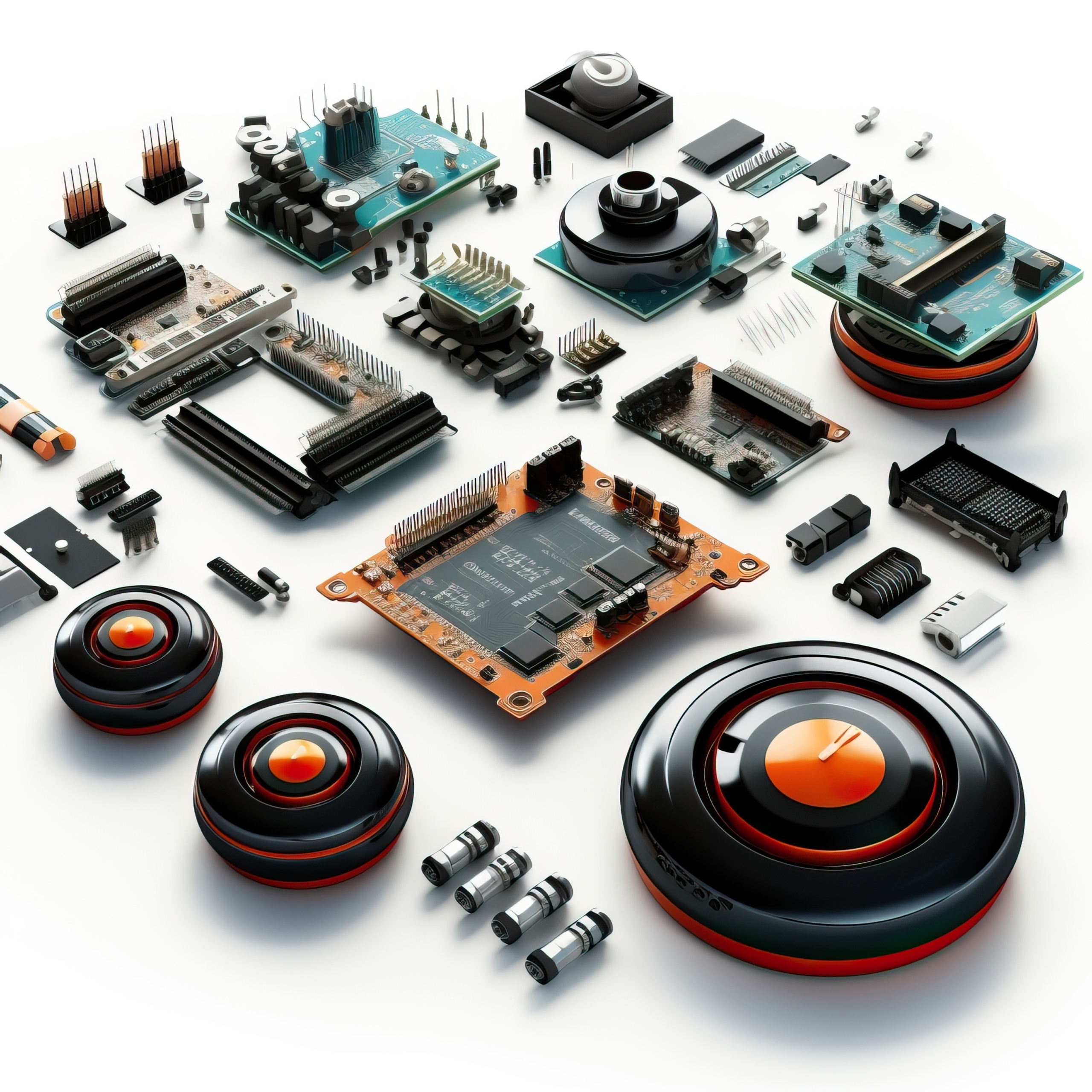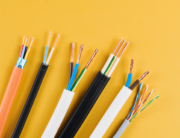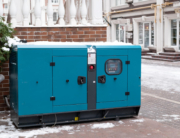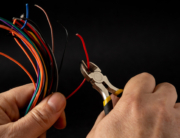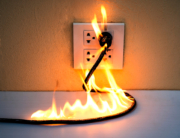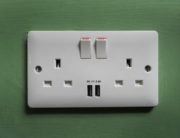It’s no secret that you live in the captivating world of electronic devices! Whether it’s the smartphone in your pocket, the laptop on your desk, or the smartwatch on your wrist, electronic gadgets play a crucial role in everyone’s daily lives. But have you ever wondered how these devices work? How do they come to life and perform the multitude of tasks?
The answer lies in the collaborative dance of the components of electronic devices. You must’ve heard the names of some standard electronic components, such as conductors, switches, fuses, etc. But do you know what they do?
By understanding the roles and interactions of these components, you can gain a deeper appreciation for the inner workings of the technology that surrounds you. That is the whole purpose of writing this article!
So, read on to enhance your knowledge about various electronic components.
What are Electronic Components?
Electronic components are the building blocks of every electronic device, from the simplest calculator to the most advanced computer. These components, whether passive or active, work together to power, control, and manage electric currents to create the functionalities you depend on.
The subtle nuances of a touchscreen display, the intricate operations of a microprocessor, and all such technological marvels that enrich your lives are the gifts of these components combining their strengths.
What are the Types of Components of Electronic Devices?
Now, let’s shed light on the two categories of electronic parts that drive your beloved devices.
- Passive Components: The Silent Supporters
- Active Components: The Powerhouses of Functionality
When combined in carefully designed circuits, passive and active components work together harmoniously to process information, store data, and power the myriad functions of modern electronic devices.
Passive Components
First, let’s explore passive components, the unsung heroes of electronic devices. These components do not require an external power source to operate and primarily work to control, store, or dissipate electric energy.
Examples of passive components include resistors, capacitors, inductors, transformers, and more. They form the backbone of electronic circuitry, providing stability, filtering signals, and controlling the flow of electricity without actively amplifying or controlling it.
Check out the details of 5 essential passive components of electronic devices:-
-
Resistors
The resistor is fundamentally one of the circuit components. It is designed to impede the flow of electric current. It can be used to limit current, divide voltage, and adjust signal levels.
Therefore, resistors are indispensable in various electronic applications. Whether it’s controlling LED brightness or setting the gain in an amplifier, resistors find their usage in a multitude of electronic devices.
-
Capacitors
Next up, capacitors are known for their ability to store and release electrical energy. These components are extensively used for filtering, timing, bypassing, and coupling signals in electronic circuits. Capacitors exhibit a versatile range of applications across different electronic systems, including stabilizing power supplies and tuning radio frequencies.
-
Inductors
These passive components are designed to store energy in a magnetic field when current passes through them. Inductors are commonly used in applications involving energy storage, filtering, and signal processing. Their distinctive property of opposing changes in current makes them essential for smooth energy transfer in circuits.
-
Transformers
Transformers are an integral part of power distribution and voltage regulation in electronic systems. These components facilitate the transfer of electrical energy between circuits through electromagnetic induction.
From stepping up or stepping down voltage levels to isolating circuits, transformers are pivotal in ensuring efficient power management in diverse electronic devices.
-
Fuse
Lastly, fuse serves as critical safety components in electronic circuits by protecting them from overcurrent conditions. The fuse is designed to break the circuit when excess current flows through it. This way, it prevents damage to the connected devices.
The primary function of a fuse is to safeguard electronic equipment and prevent potential hazards due to electrical faults.
Active Components
Active components are the dynamic powerhouses that drive the functionalities of electronic devices. Unlike passive components, active components require an external power source to operate and have the ability to control the flow of electricity.
To help you identify the functioning of electronic components, here is the list of 7 active components.
-
Transistor
The transistor is a fundamental semiconductor device that can amplify or switch electronic signals. It serves as a building block for electronic devices, such as computers, mobile phones, and audio amplifiers. Its ability to control the flow of current makes it indispensable in modern electronics.
-
Integrated Circuits (ICs)
Integrated circuits, also known as ICs or microchips, are miniaturized electronic circuits that contain a vast number of interconnected electronic components. These circuit parts are the backbone of modern electronic devices.
ICs facilitate complex functionalities in a compact form. From microprocessors to memory chips, ICs are omnipresent in today’s electronic landscape.
-
Diode
Diodes are crucial in controlling the direction of current flow within electrical circuits. They are commonly used in rectification, signal demodulation, and voltage regulation. The simple yet indispensable nature of diodes makes them a cornerstone of electronic systems.
-
Switches
Switches play a pivotal role in controlling the flow of electrical current within a circuit. They enable users to open or close the circuit, thereby initiating or disrupting the flow of electricity as per the requirement.
-
Operational Amplifiers
Operational amplifiers, or op-amps, are versatile components used for a wide range of applications, such as signal conditioning, filtering, and mathematical operations. Their high gain and differential input characteristics make them indispensable in analog electronic circuits.
-
Thyristor
Thyristors are semiconductor devices that exhibit nonlinear conduction characteristics. They are ideal for controlling high-power circuit parts. They are extensively used in applications requiring precise control over large electrical loads, such as motor drives and power supplies.
-
Optoelectronic Devices
Optoelectronic devices encompass a diverse range of components that convert electrical signals to optical signals (and vice versa). Light-emitting diodes (LEDs) and photodiodes are prominent examples of optoelectronic devices. Their applications span from lighting and displays to data communication and sensing.
Other Vital Components of Electronic Devices
Now, let’s move on to some other essential parts of electronics. They are:-
-
Sensors and Transducers
Sensors and transducers are like electronic superheroes. They convert many kinds of physical data, such as temperature, light, pressure, and touch, into electrical impulses. This is how our electronics connect with the physical environment.
Consider your smartphone screen: when you tap or slide it, pressure sensors perform their magic. Temperature sensors also play an essential part in thermostats, which keep our homes warm and our automobiles running smoothly.
-
Displays
Displays serve as the output interface for electronic devices. They transform electrical signals into visual output. LED and LCDs are the two primary types, each with its unique characteristics and applications.
-
Connectors
Connectors act as bridges between various electronic devices and components. They ensure seamless electrical connection and data transfer. USB and HDMI connectors are among the most prevalent in modern electronic systems.
-
Power Supplies
Power supplies are indispensable for providing the necessary electrical energy to run electronic devices. They come in the form of AC adapters and batteries, catering to both stationary and portable power requirements.
In conclusion, the world of electrical components is vast and diverse, encompassing a wide array of active and essential parts of electronics. Identifying these electronic components and understanding their functions is pivotal for anyone delving into the realm of electronics.
Whether you are a hobbyist, a student, or a seasoned professional, the knowledge of these components is essential for navigating their intricacies.

D&F Liquidators has been serving the electrical construction materials needs for more than 30 years. It is an international clearinghouse, with 180,000 square facility located in Hayward, California. It keeps an extensive inventory of electrical connectors, conduit fitting, circuit breakers, junction boxes, wire cable, safety switches etc. It procures its electrical materials supplies from top-notch companies across the globe. The Company also keeps an extensive inventory of electrical explosion proof products and modern electrical lighting solutions. As it buys materials in bulk, D&F is in a unique position to offer a competitive pricing structure. Besides, it is able to meet the most discerning demands and ship material on the same day.
